Latest News
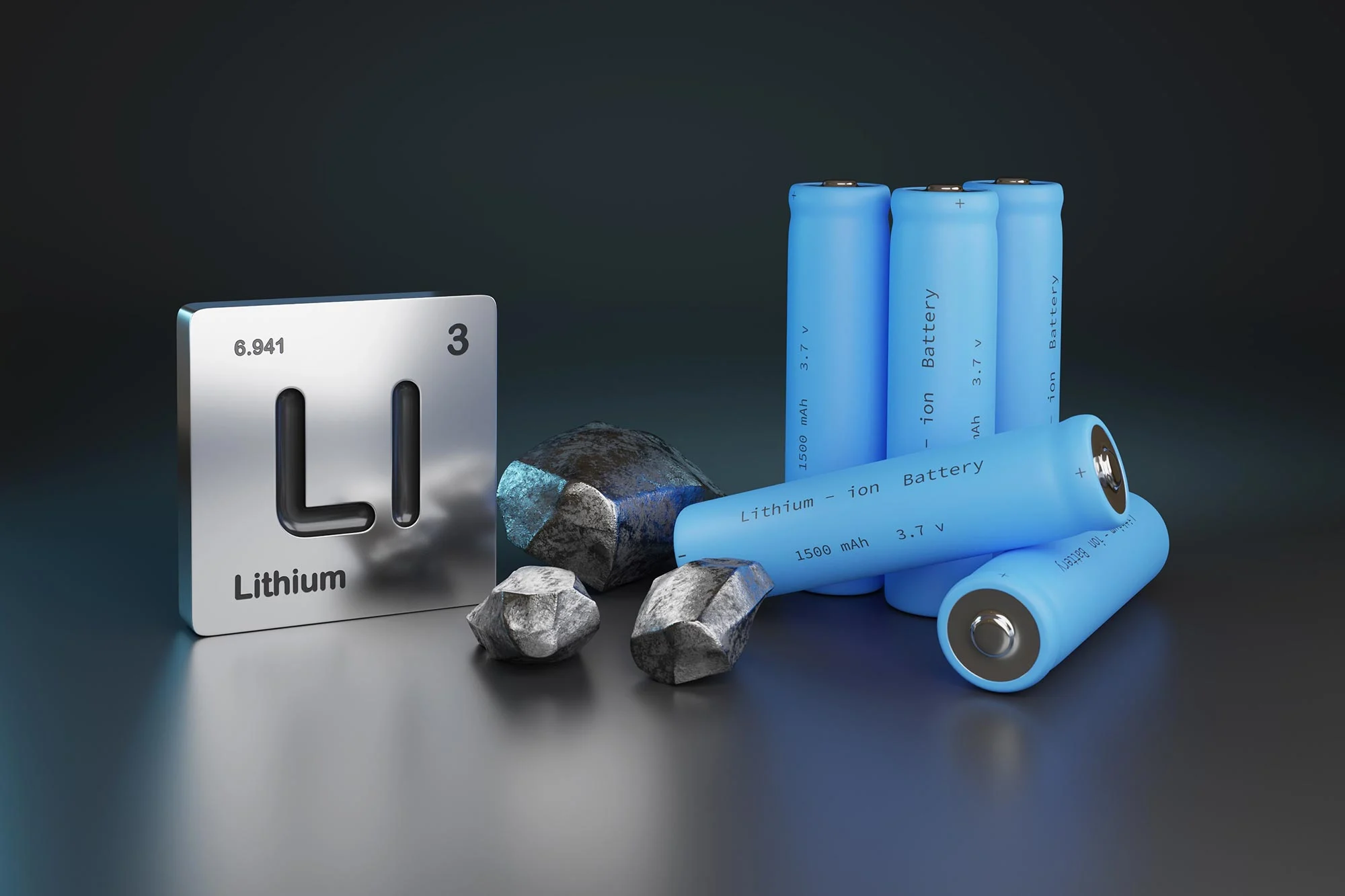
How Batteries Work
Batteries are devices that store and release electrical energy through chemical reactions. They are everywhere in our daily lives — from powering smartphones and laptops to cars and flashlights. At their core, batteries convert chemical energy into electrical energy, providing a portable and reliable source of power without the need for a direct connection to an electrical grid.

Enzymatic Browning Explained
Enzymatic browning is a chemical process that occurs in many fruits, vegetables, and some seafood when they are exposed to oxygen. It results in the development of brown pigments on the surface of the food, often affecting its appearance, texture, and sometimes flavor. Although it is a natural reaction, enzymatic browning is a major concern in the food industry because it can lead to quality loss, reducing the appeal and shelf life of fresh produce.
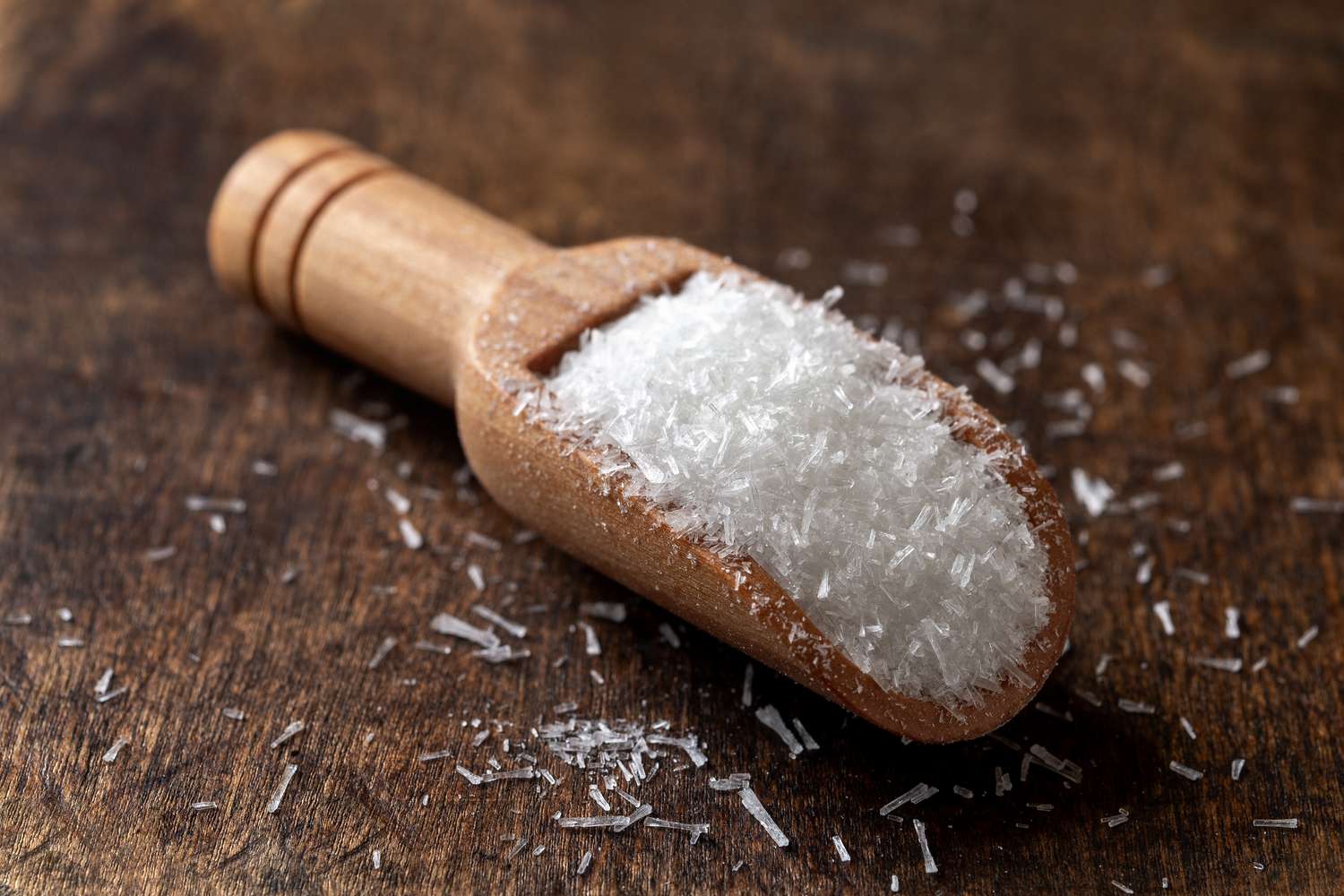
What Is MSG and How Does It Work
Monosodium glutamate (MSG) is a flavor enhancer commonly added to foods to boost their savory taste. Chemically, MSG is the sodium salt of glutamic acid, an amino acid that occurs naturally in many foods like tomatoes, cheese, and mushrooms. While glutamic acid is a naturally occurring component of protein, MSG is the purified, crystallized form that is specifically used to amplify flavor.

How Baking Powder Makes Cakes Rise
Baking powder is a crucial ingredient in many baked goods, especially cakes. It plays a key role in making them light, fluffy, and tender. The science behind this magical transformation lies in chemistry. Baking powder is a chemical leavening agent, and it helps cakes rise by producing carbon dioxide gas when it reacts with moisture and heat. This gas forms bubbles in the batter, which expand as the cake bakes, giving it volume and a soft texture.
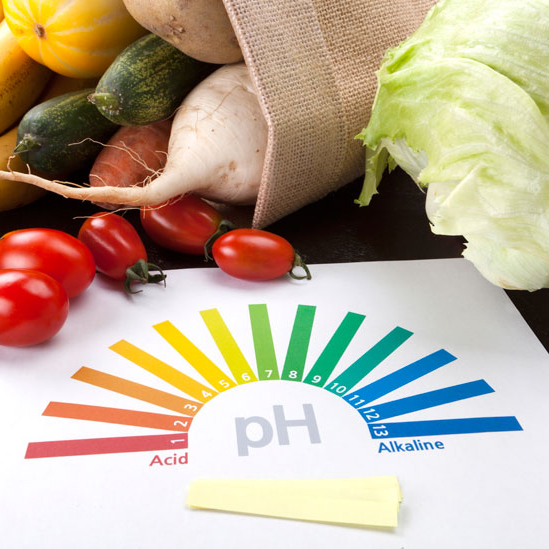
The Role of Acids in Food
Acids play a vital role in the culinary world, influencing not only the flavor of food but also its preservation, texture, and safety. Naturally occurring and added acids are integral to many food processes and are widely used in both home kitchens and food manufacturing. Common food acids include citric acid, acetic acid, lactic acid, malic acid, tartaric acid, and ascorbic acid, each offering specific benefits and functions.

Why Cooked Food Tastes Good
Cooked food tastes good for a variety of reasons that span the fields of chemistry, biology, psychology, and culture. When we cook food, we transform its texture, flavor, aroma, and appearance—activating a sensory experience that raw ingredients rarely deliver on their own. But why does this transformation feel so satisfying to our taste buds and brains? Let’s break it down.
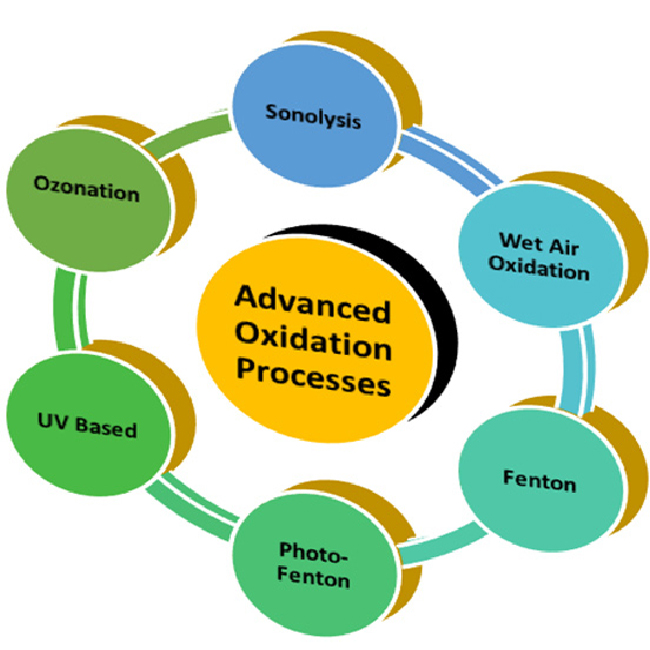
Oxidation and Disinfection
Oxidation and disinfection are two critical processes widely used in water treatment, environmental science, industrial applications, and healthcare. Though distinct in purpose, these processes often overlap, especially in systems that require both the breakdown of contaminants and the elimination of harmful microorganisms.
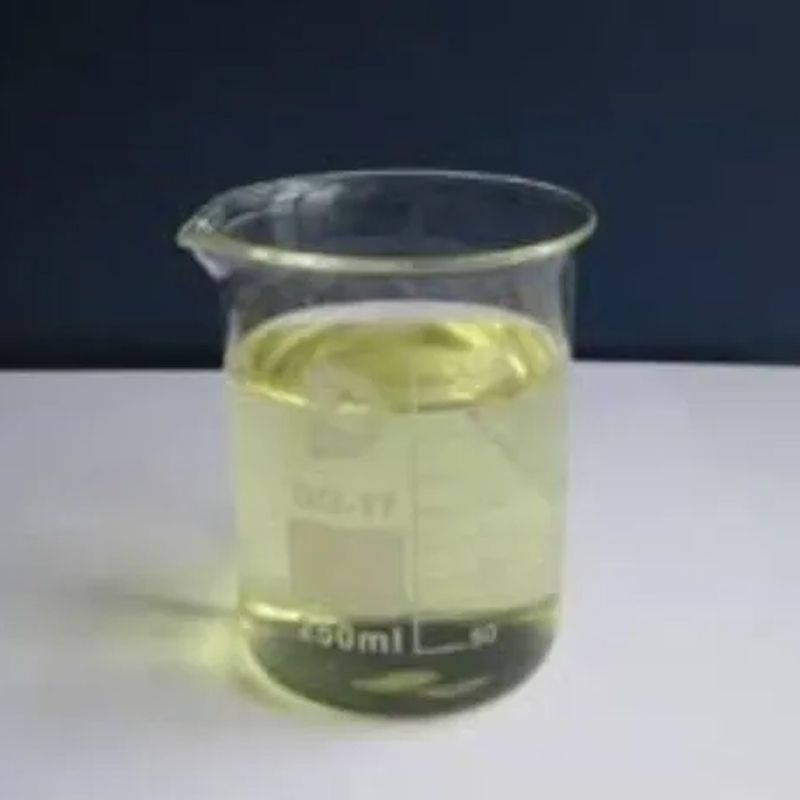
Water Treatment Chemicals: Flocculants and Coagulants
Water treatment is essential for ensuring clean, safe, and usable water for various purposes, including drinking, industrial processes, and environmental protection. Among the critical components of water treatment are chemicals known as coagulants and flocculants.

Environmental & Regulatory Markets
Environmental and regulatory markets are essential mechanisms for addressing environmental challenges while ensuring compliance with national and international policies. These markets create economic incentives for reducing pollution, conserving natural resources, and fostering sustainable development. They play a crucial role in shaping corporate behavior, guiding investment strategies, and enabling governments to meet environmental goals efficiently.
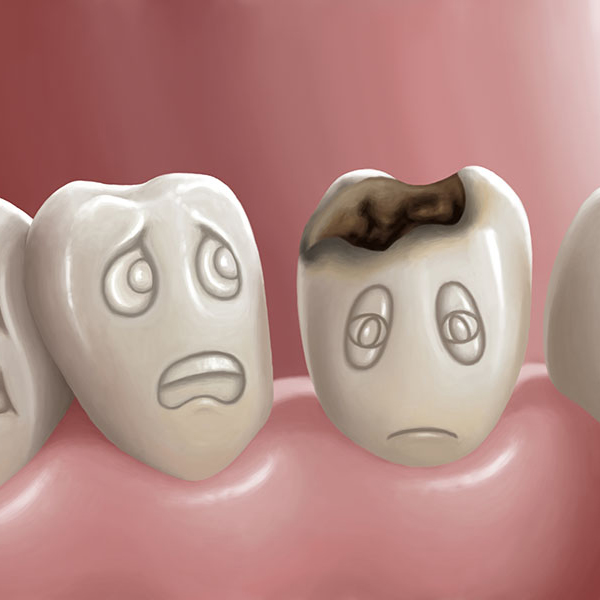
Fight with Cavities
Cavities may be tiny, but they can cause a world of pain. These small holes in the teeth are the result of tooth decay — a process that begins quietly but can quickly spiral into major dental trouble if not caught early. The good news? Cavities are almost entirely preventable. With the right habits and awareness, you can fight back and keep your smile strong for life.

The Science Behind Baking Soda and Vinegar
The reaction between baking soda and vinegar is a classic example of a simple chemical reaction that’s often used in science experiments, especially in classrooms. Despite its simplicity, the interaction between these two common household substances demonstrates important scientific principles, including acid-base reactions, gas production, and the conservation of mass and energy.
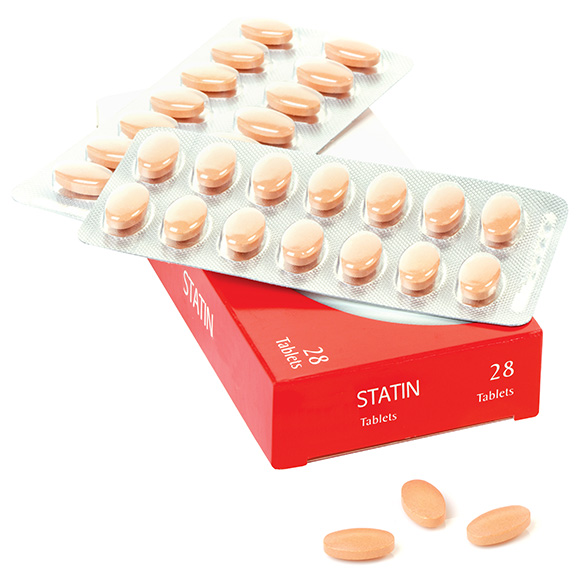
How Soap Works: The Chemistry of Clean
We use soap every day—on our hands, in the shower, and to wash our dishes—but have you ever wondered what actually makes it clean? The magic of soap lies not just in its bubbles or scent, but in chemistry. It’s a simple yet powerful example of how molecules interact with each other to solve one of life’s dirtiest problems: grease and grime.
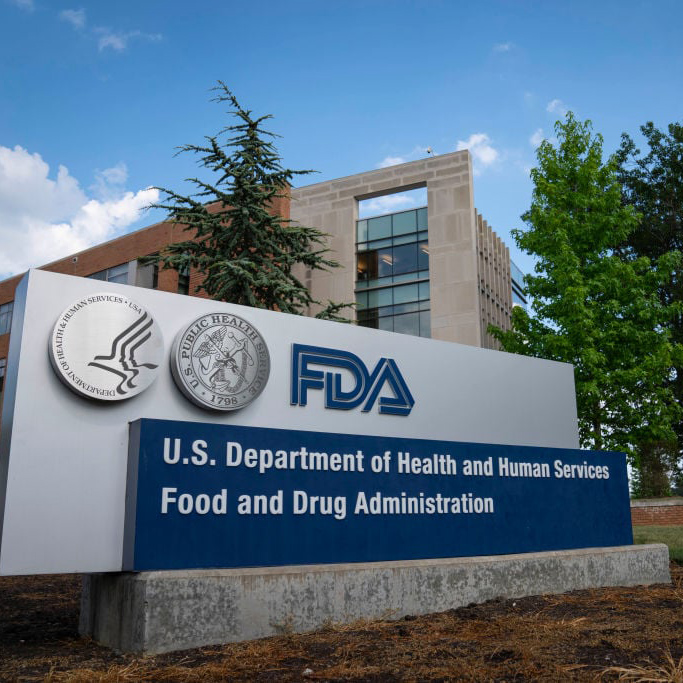
FDA Warns Consumers Against Inhaling Nitrous Oxide Products
The U.S. Food and Drug Administration (FDA) has issued a strong warning advising consumers not to inhale nitrous oxide products due to serious health and safety risks. Commonly referred to as “laughing gas,” nitrous oxide is legally used for legitimate medical and industrial purposes, including as an anesthetic in dental procedures and as a propellant in whipped cream canisters. However, the FDA is raising the alarm about the growing trend of recreational use, particularly among young people, which can result in severe and sometimes irreversible consequences.

Ending U.S. AIDS Relief Could Put Half a Million Children’s Lives at Risk
The future of millions of vulnerable children hangs in the balance as discussions intensify over the continuation of the United States’ global AIDS relief efforts. Experts warn that if U.S. support is withdrawn or drastically reduced, as many as half a million children worldwide could die due to a lack of access to life-saving HIV/AIDS treatment and prevention services. The threat is not just theoretical—it’s grounded in decades of data and frontline experience in global health.

Viagra 100MG, Viagra 150MG, and Viagra 200MG: Uses, Dosage, and Effects
Viagra, known generically as sildenafil citrate, is a widely used medication for treating erectile dysfunction (ED) in men. It works by increasing blood flow to the penis, enabling men to achieve and sustain an erection during sexual activity. The medication comes in various dosages, including 100MG, 150MG, and 200MG, catering to different levels of erectile dysfunction severity.
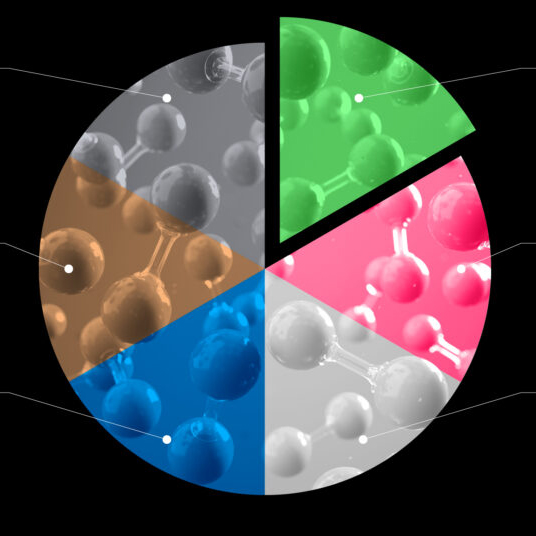
Hydrogen Economy and the Role of Green and Blue Hydrogen
The hydrogen economy is an emerging energy system in which hydrogen plays a central role in powering industries, transportation, and electricity generation. Hydrogen is a clean energy carrier, producing only water as a byproduct when used in fuel cells or combustion. It is considered a key solution for reducing carbon emissions and transitioning to a sustainable energy future.
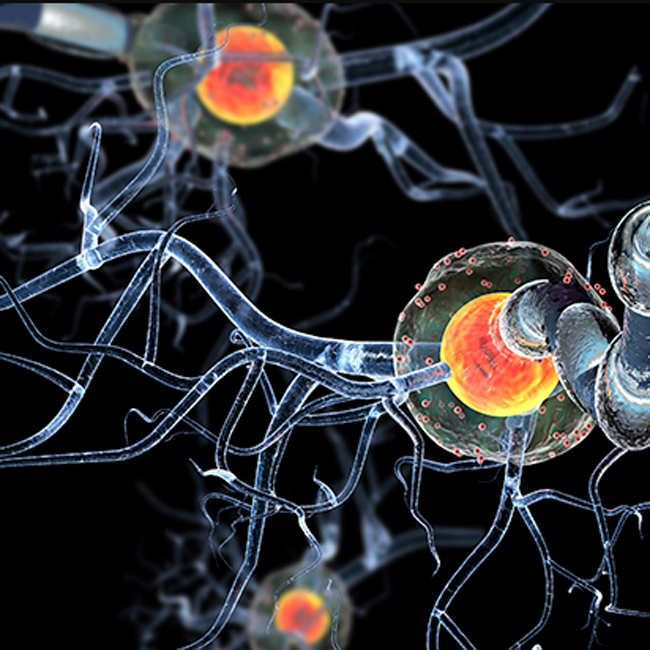
Experimental Drug Found to Slow Progression of MS-Related Disability
A new experimental drug is showing promise in slowing the progression of disability in individuals with multiple sclerosis (MS), according to recent findings from a large clinical trial. The results have sparked optimism among patients, neurologists, and researchers alike, as current treatment options for MS often focus primarily on managing symptoms rather than significantly altering the course of the disease.

Drug intermediates and raw materials
Drug intermediates and raw materials are foundational components in the pharmaceutical manufacturing process. They form the essential building blocks from which active pharmaceutical ingredients (APIs) and, ultimately, finished drug products are developed. Understanding these components is crucial to grasping how modern pharmaceuticals are created, the complexity of their production, and the global nature of the pharmaceutical supply chain.


